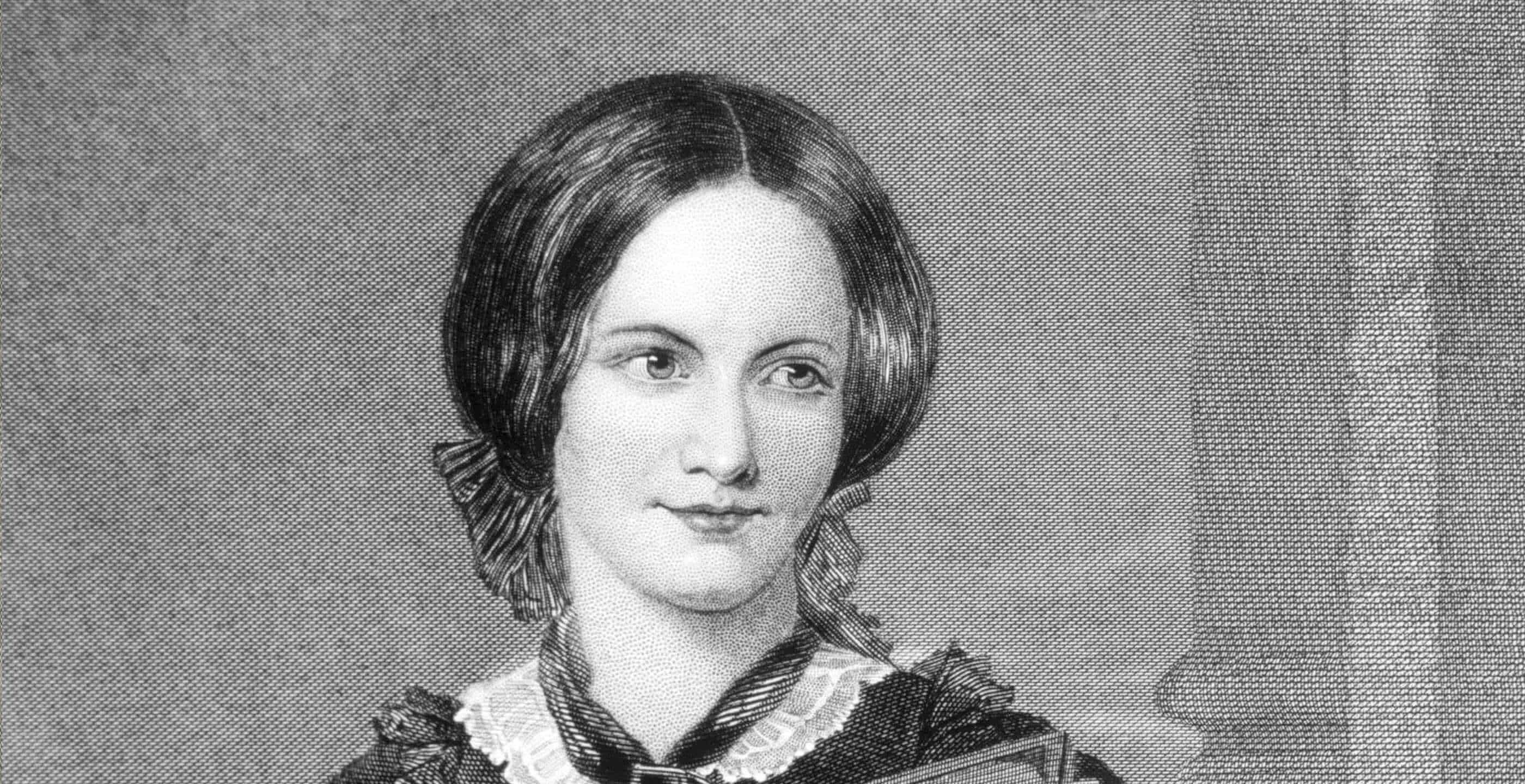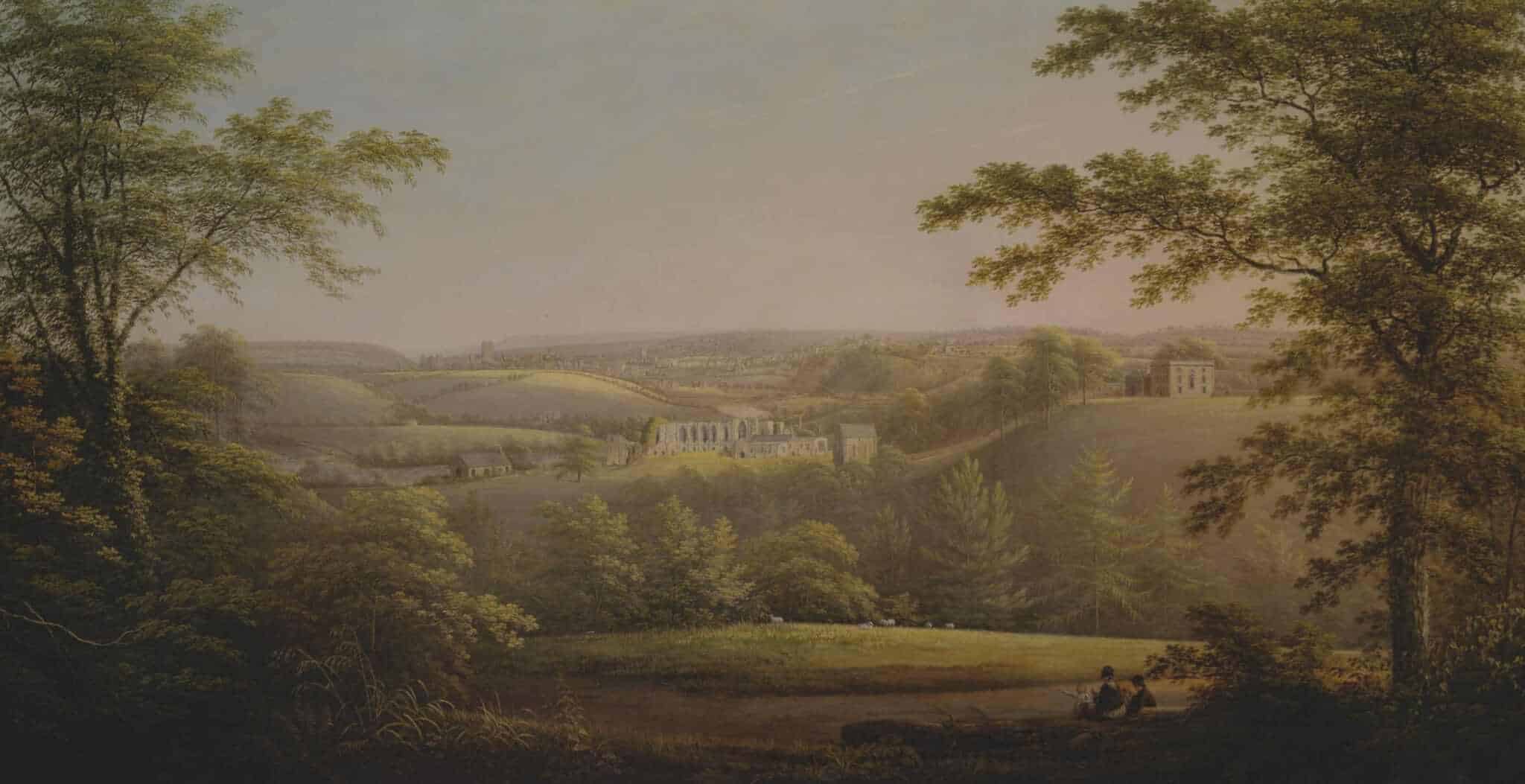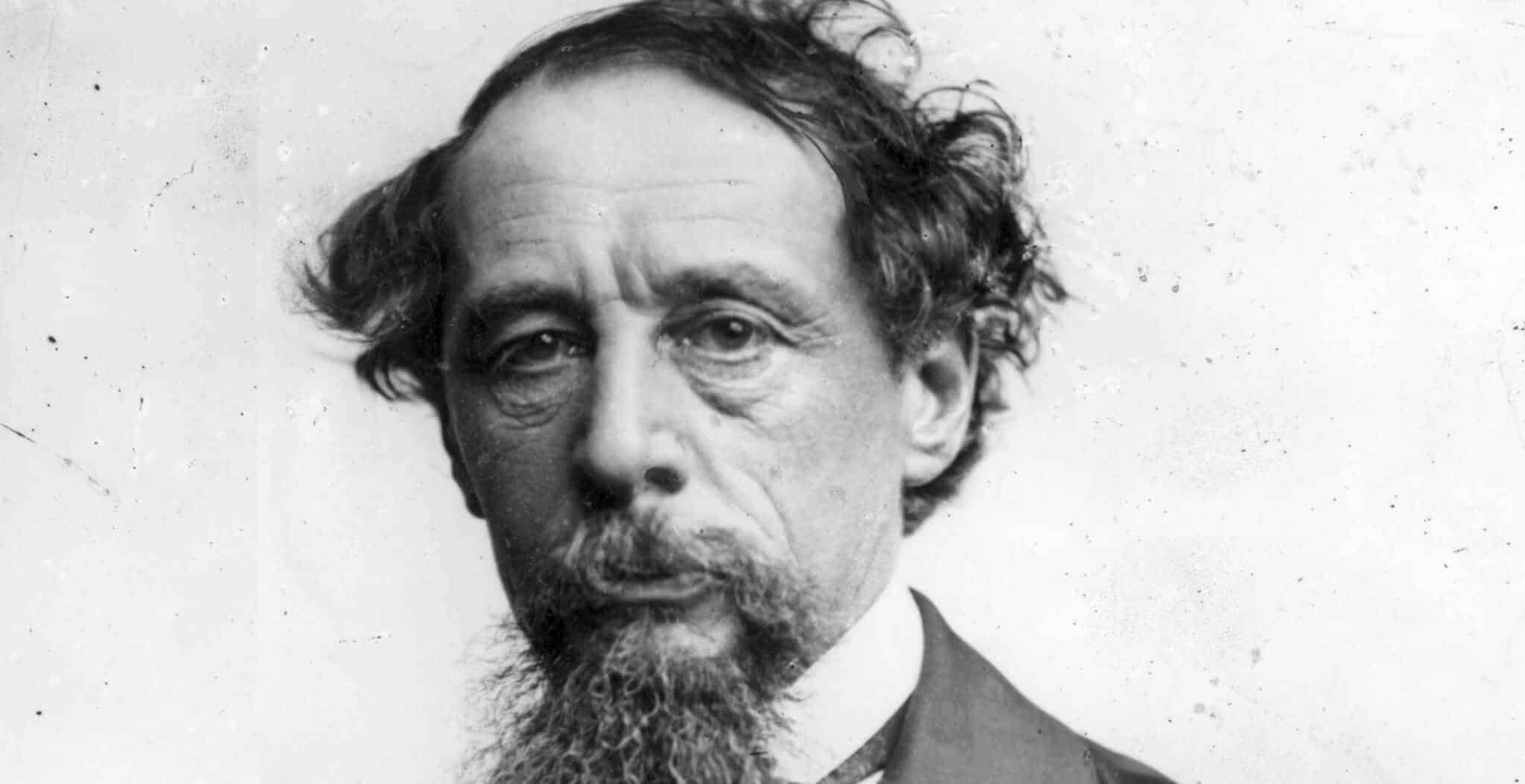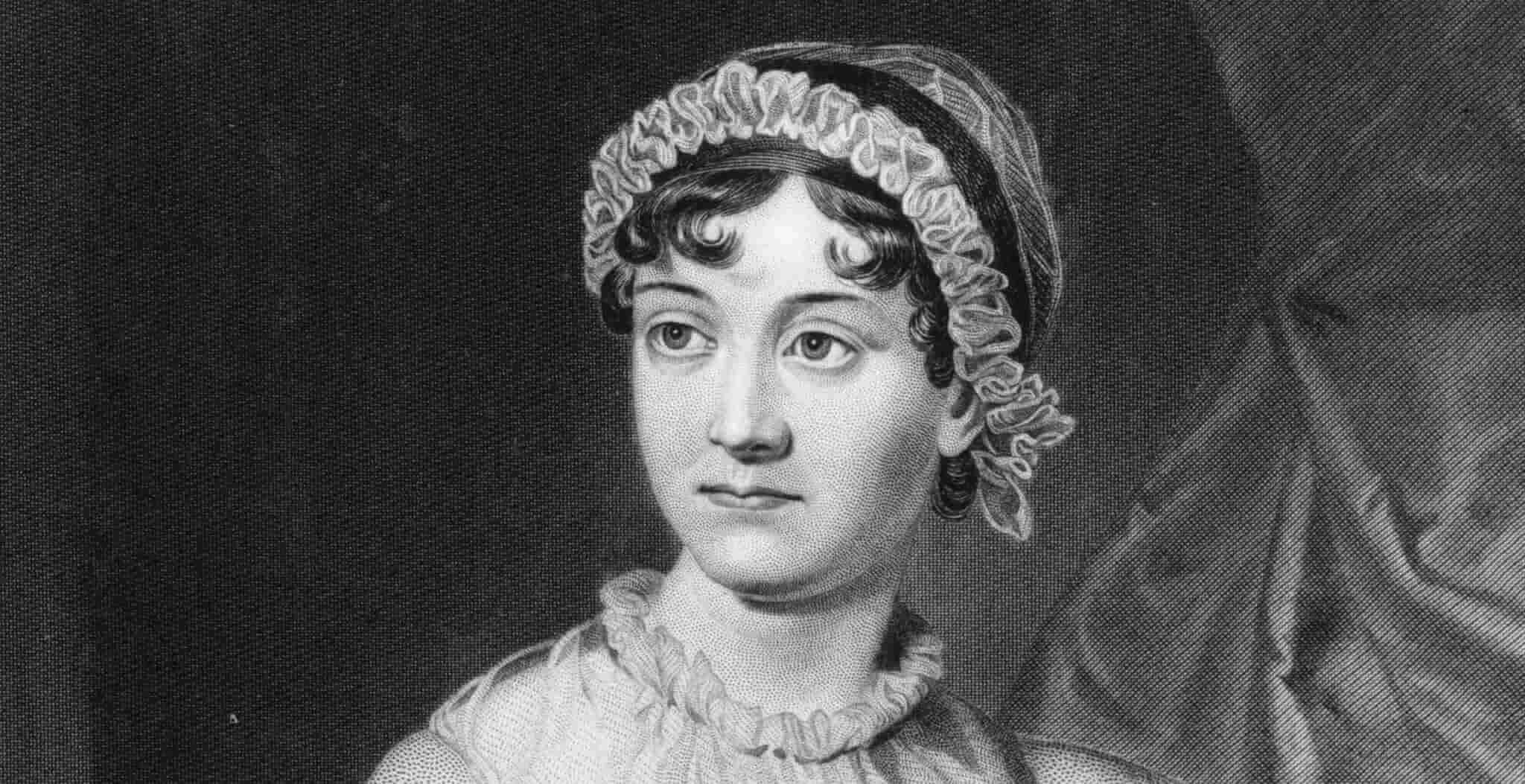On 31st March 1855 Charlotte Brontë passed away, leaving a literary legacy that has been and continues to be appreciated around the world.
The third of six children, Charlotte was born on 21st April 1816 to Patrick Brontë, an Irish clergyman and Maria Branwell, his wife. In 1820 Charlotte and her family moved to a village called Haworth where her father took the position of perpetual curate at St Michael and All Angels Church. Only a year later when Charlotte was just five years old, her mother died, leaving behind five daughters and one son.
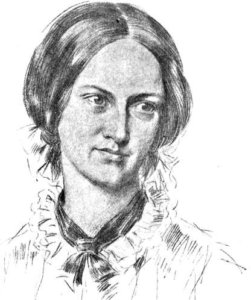
In August 1824 her father made the decision to send Charlotte and her three sisters Emily, Maria and Elizabeth away to the Clergy Daughters’ School in Cowan Bridge, Lancashire. Unfortunately, this was a bad experience for the young Charlotte. The school’s poor conditions had a detrimental effect on her health and growth; it was said that she was well under five foot in height. Charlotte’s life was also impacted at the school when, not long after arriving there, she lost two of her sisters, Maria and Elizabeth, to tuberculosis.
This traumatic experience so early in life served as inspiration for the dire circumstances depicted in Lowood School in Charlotte’s most famous creation, ‘Jane Eyre’. With direct parallels to her own life, Charlotte describes the desolate and lonely conditions at the school, with Jane’s character sadly losing her best friend Helen Burns there to consumption.
Back at home, Charlotte began to act as a motherly figure towards her younger siblings, feeling a sense of duty and responsibility after the loss of her two sisters. Charlotte began writing poetry as early as the age of thirteen and would continue to do so throughout her life. The therapeutic nature of writing poetry allowed her, with her surviving siblings, to create a fantasy world in the form of ‘Branwell’s Blackwood Magazine’, a literary creation based on a fictional place in which the Brontë children could create imaginary kingdoms. Charlotte and her younger brother Branwell wrote stories about a fictional country called Angria, whilst Emily and Anne wrote poems and articles.
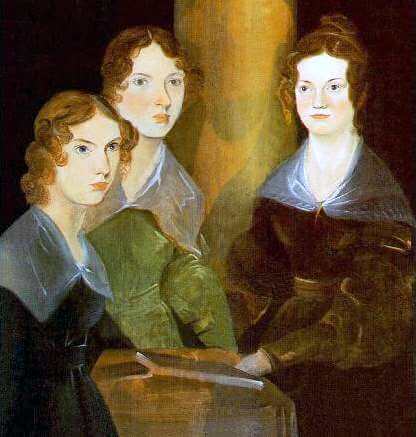
From the age of fifteen, Charlotte attended Roe Head School to finish her education. She would soon return to the school for a period of three years to work as a teacher. Here she was unhappy and lonely and she turned to her poetry as an outlet for her sadness, writing a number of lamenting and forlorn poems such as ‘We Wove a Web in Childhood’. Both her poems and novels would consistently touch on her own life experience.
By 1839 she had ceased teaching at the school and had taken a position as a governess, a career she would maintain for the next two years. One particular experience is echoed in her novel ‘Jane Eyre’. In the opening scene, a young Jane is subjected to a book throwing incident by the obstinate young boy John Reed, a depiction of just some of the poor behaviour Jane would receive throughout the novel. Charlotte meanwhile, in 1839 worked for the Sidgwick family in Lothersdale. There her task was to educate a young John Benson Sidgwick, a rather disobedient and uncontrollable child who hurled a Bible at Charlotte in a fit of temper. Her bad experiences brought her time as a governess to an end, as she could no longer stand the humiliation; nevertheless, it enabled Charlotte to depict the role so well in ‘Jane Eyre’.
After Charlotte realised that a career as a governess was not for her, she and Emily travelled to Brussels to work in a boarding school run by a man called Constantin Héger. During their stay, Emily taught music and Charlotte gave tuition in English, in exchange for board. Unfortunately, their aunt Elizabeth Branwell, who had looked after them after their mother had passed away, died in 1842, forcing them to return home. The following year, Charlotte endeavoured to take up her position again at the school in Brussels, where her bond with Constantin grew; however she was not happy, homesickness getting the better of her. However her time in Brussels was not wasted; on her return to Haworth the following year, she became inspired by her time spent abroad and began writing ‘The Professor’ and ‘Villette’.
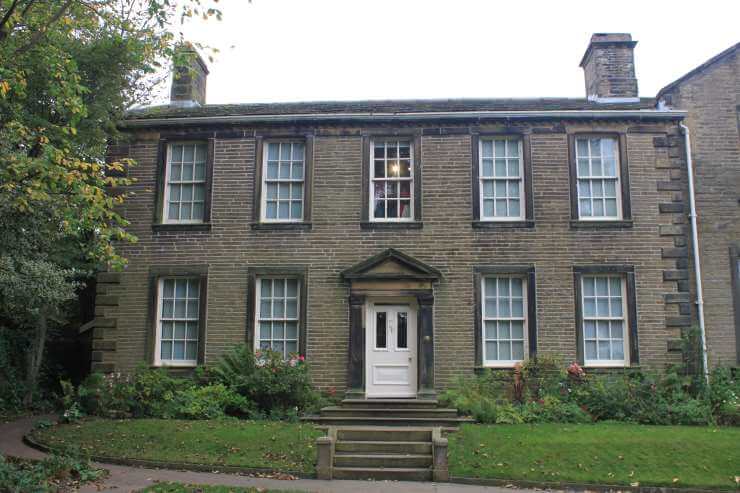
The first manuscript she produced entitled ‘The Professor’ did not secure a publisher, however there was encouragement that Currer Bell, her pseudonym, might wish to send longer manuscripts. A longer piece, sent in August 1847, would become the novel ‘Jane Eyre’.
‘Jane Eyre’ depicted a tale of a plain woman called Jane, who had a difficult start in life, worked as a governess and fell in love her employer, the brooding and mysterious Mr Rochester. The secrets Mr Rochester hid from Jane are revealed in an epic and dramatic conclusion, when she discovers his insane first wife locked away in a tower, who then dies in a terrible house fire. This love story, entwined with intense realism of melancholy and misfortune, was a hit. Charlotte’s decision to write based on her own life proved to be hugely successful, writing in the first-person and from a female perspective was revolutionary and instantly relatable. With elements of the gothic, a classic love story and sinister twists and turns, ‘Jane Eyre’ was and still is a favourite amongst readers.
Charlotte’s second and perhaps less well-known novel entitled ‘Shirley’ has similar themes about the role of women in society but also includes industrial unrest. Unfortunately, it did not have as great an impact as ’Jane Eyre’ but then it was written under appalling personal circumstances. In 1848 Charlotte lost three members of her family; Branwell, her only brother, died of bronchitis and malnutrition after years of alcohol and substance abuse. Shortly after mourning Branwell’s death, Emily became ill and died of tuberculosis, and then only a few months later in the following year, Anne died of the same disease. Charlotte’s life continued to be plagued by grief and misfortune.
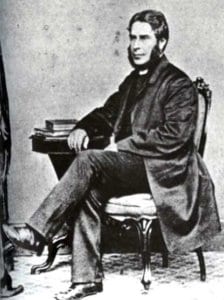
Charlotte’s third and final novel was ‘Villette’. Based on her experiences in Brussels, the story chronicles the journey of Lucy Snowe who travels abroad to teach in a boarding school and falls in love with a man that she cannot marry. The novel was written largely in the same style as Jane Eyre, in the first-person and with parallels relating to Charlotte’s own life. During this time, Charlotte received a marriage proposal from Arthur Bell Nicholls who had been in love with her for a long time. Charlotte eventually accepted his proposal and received her father’s approval. The marriage was short but happy, as she soon fell pregnant after getting married, Unfortunately her health was poor and continued to decline throughout the pregnancy; she and her unborn child died on 31st March 1855, a few weeks before she turned thirty-nine.
Charlotte Brontë was interred in the family vault. Her death however did not mark the end of her popularity. Charlotte and her siblings’ literary creations continue to live on and have become some of the most enduring classics in English literature.
Jessica Brain is a freelance writer specialising in history. Based in Kent and a lover of all things historical.
